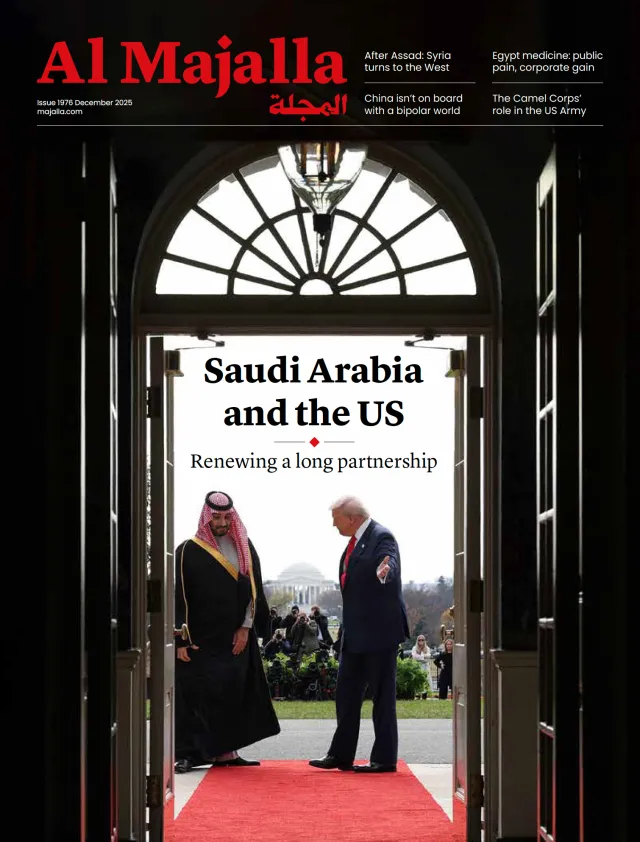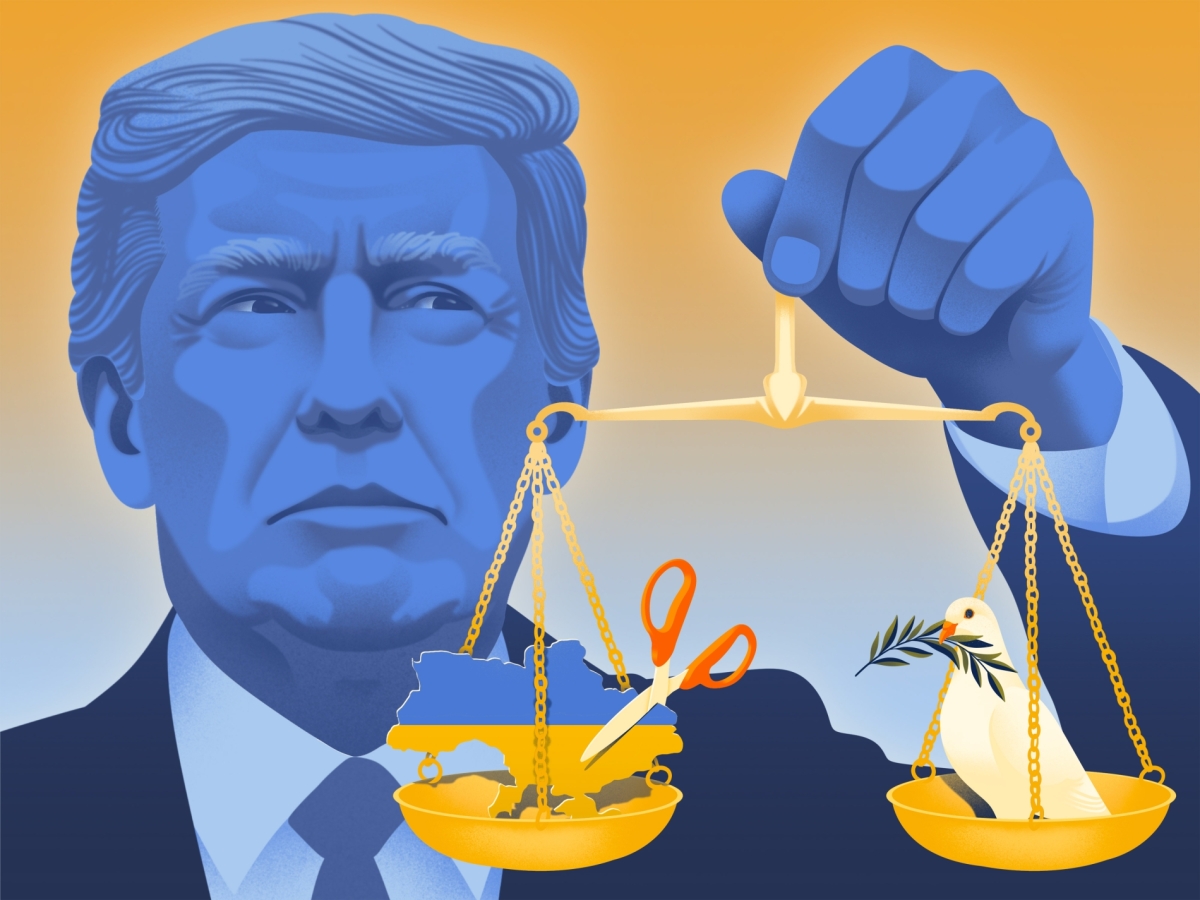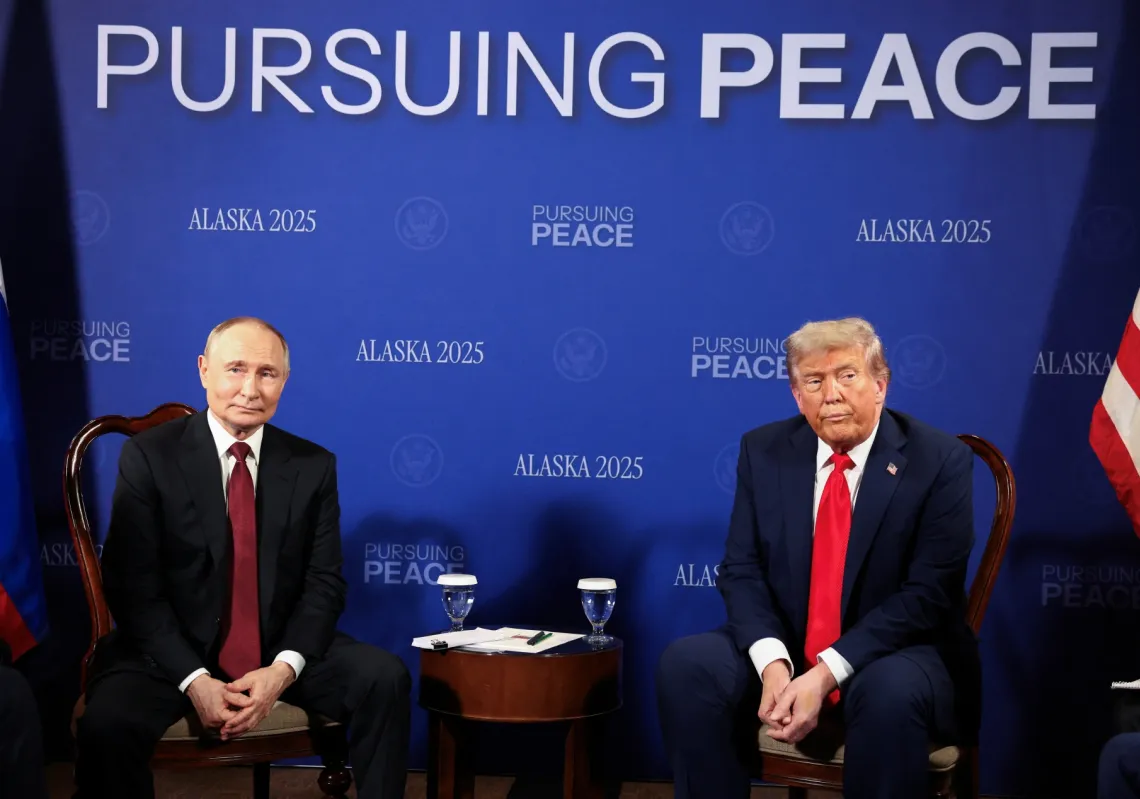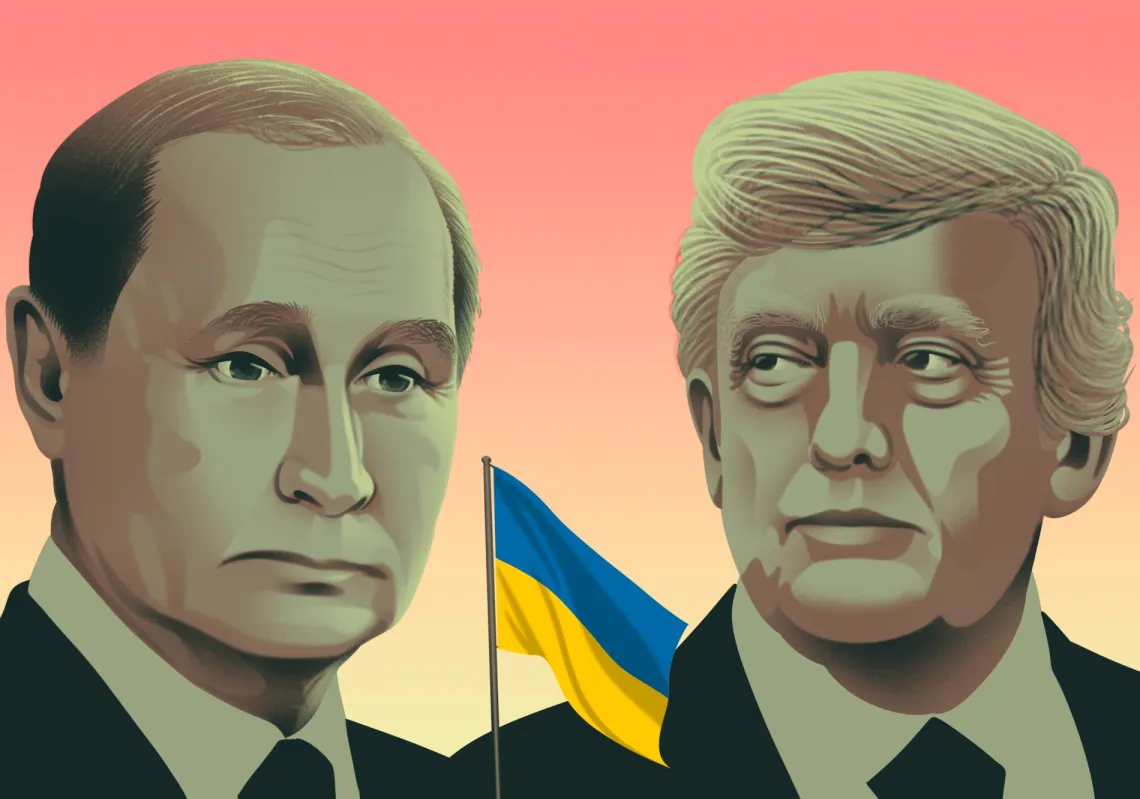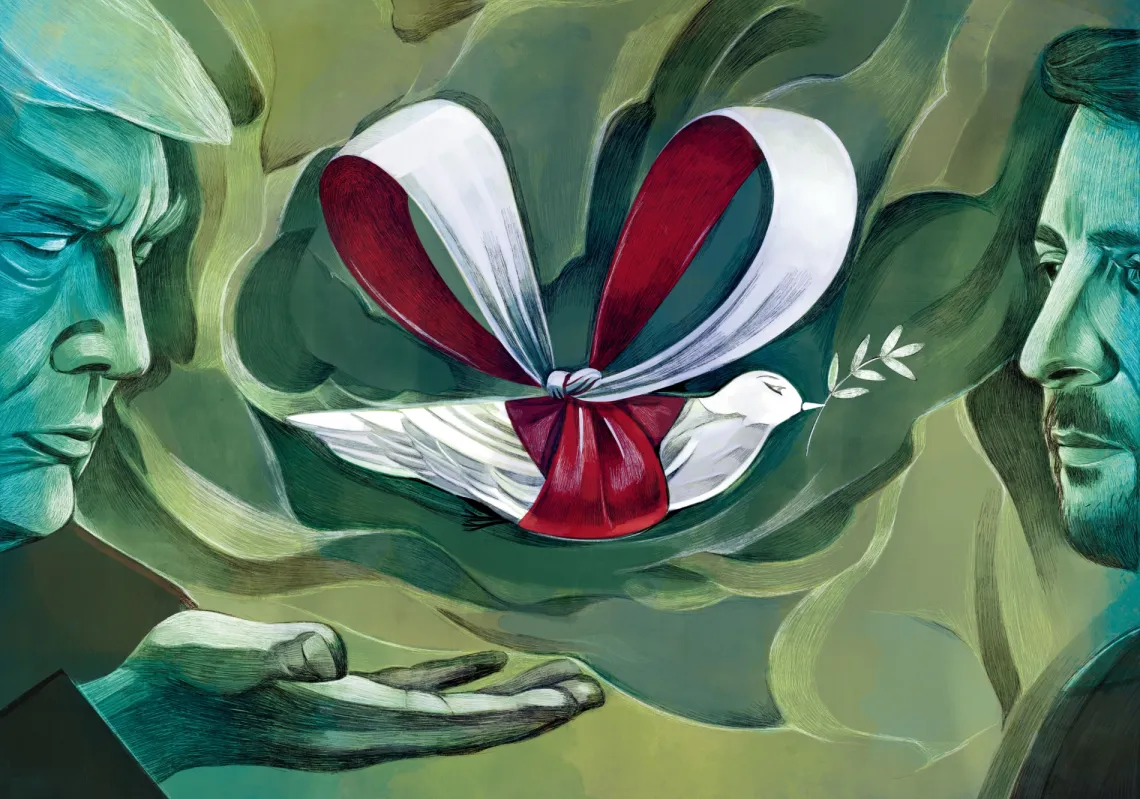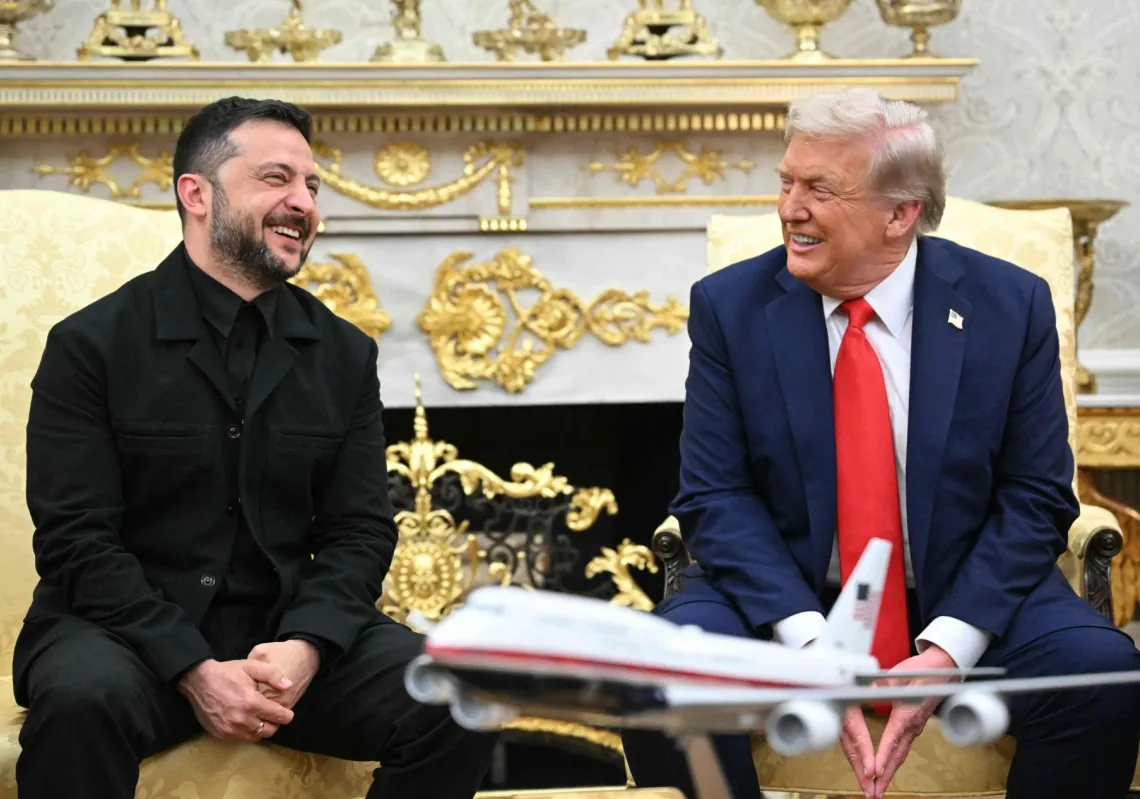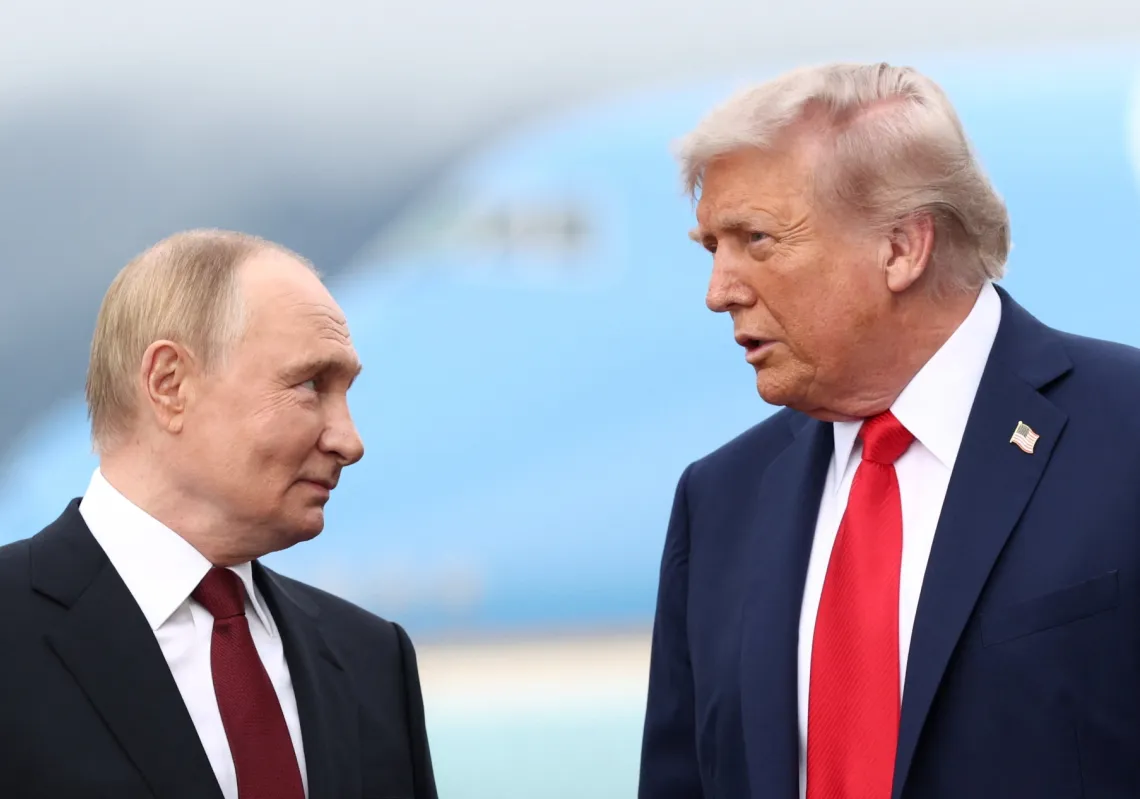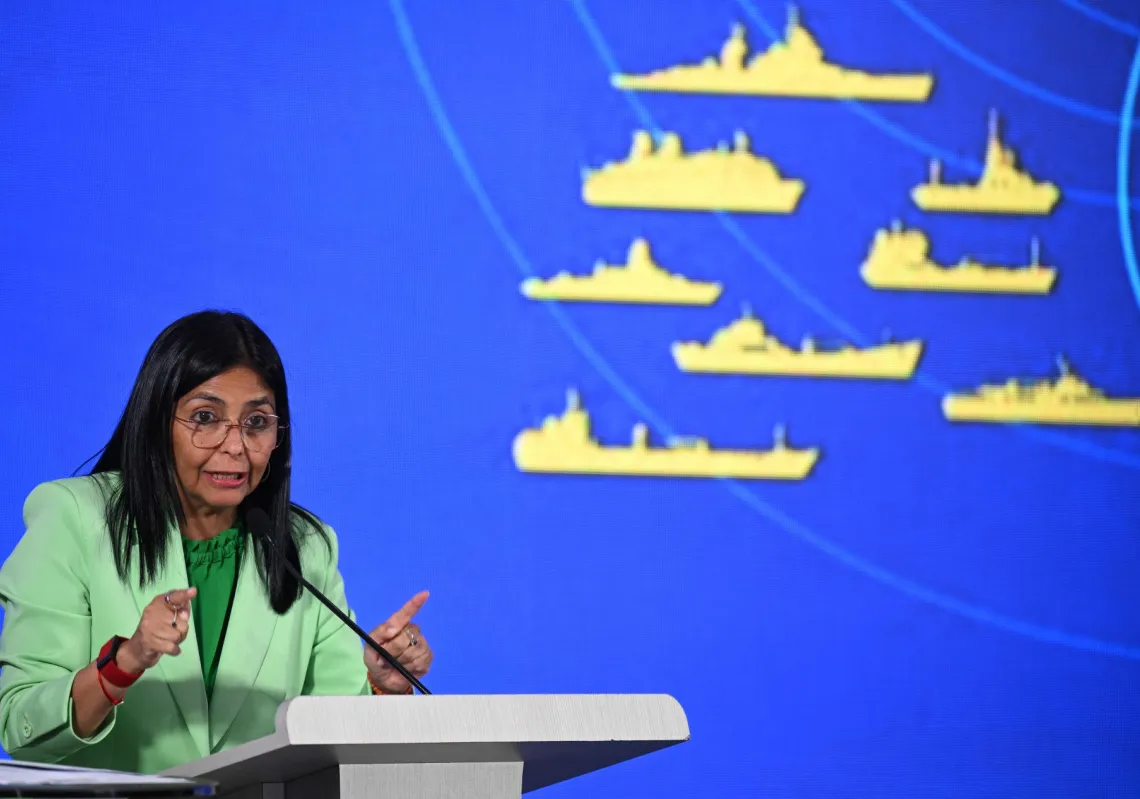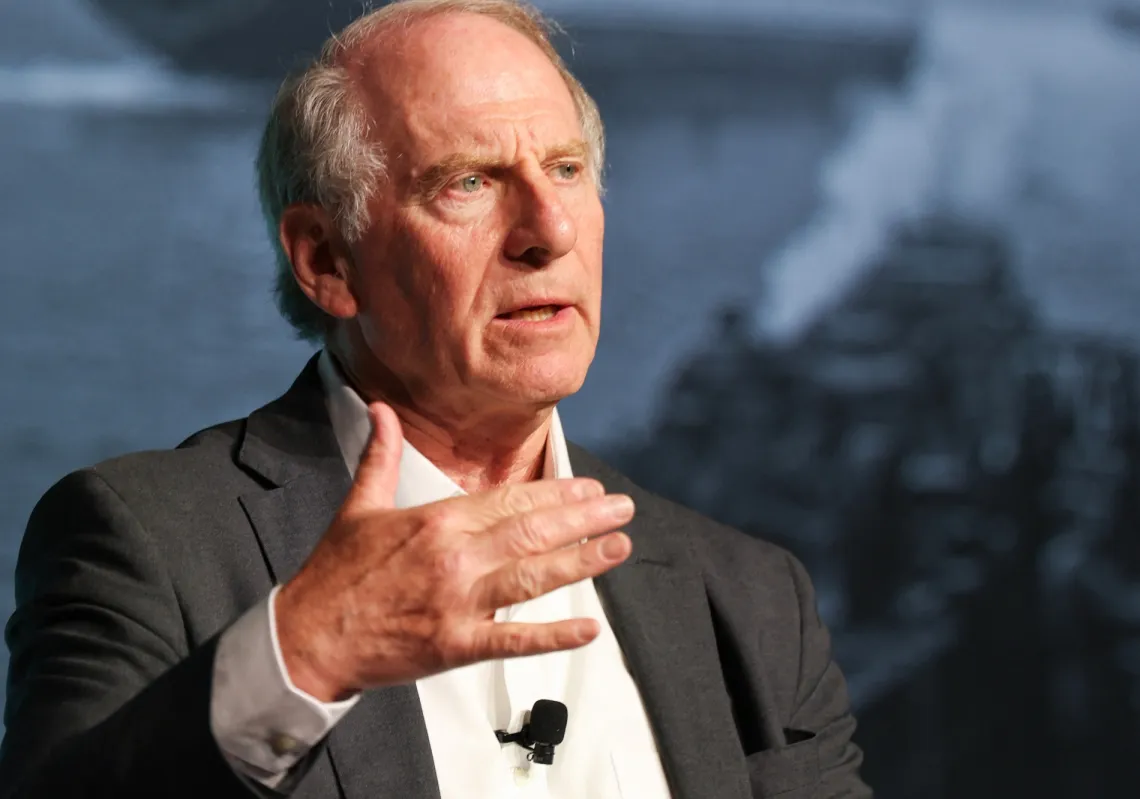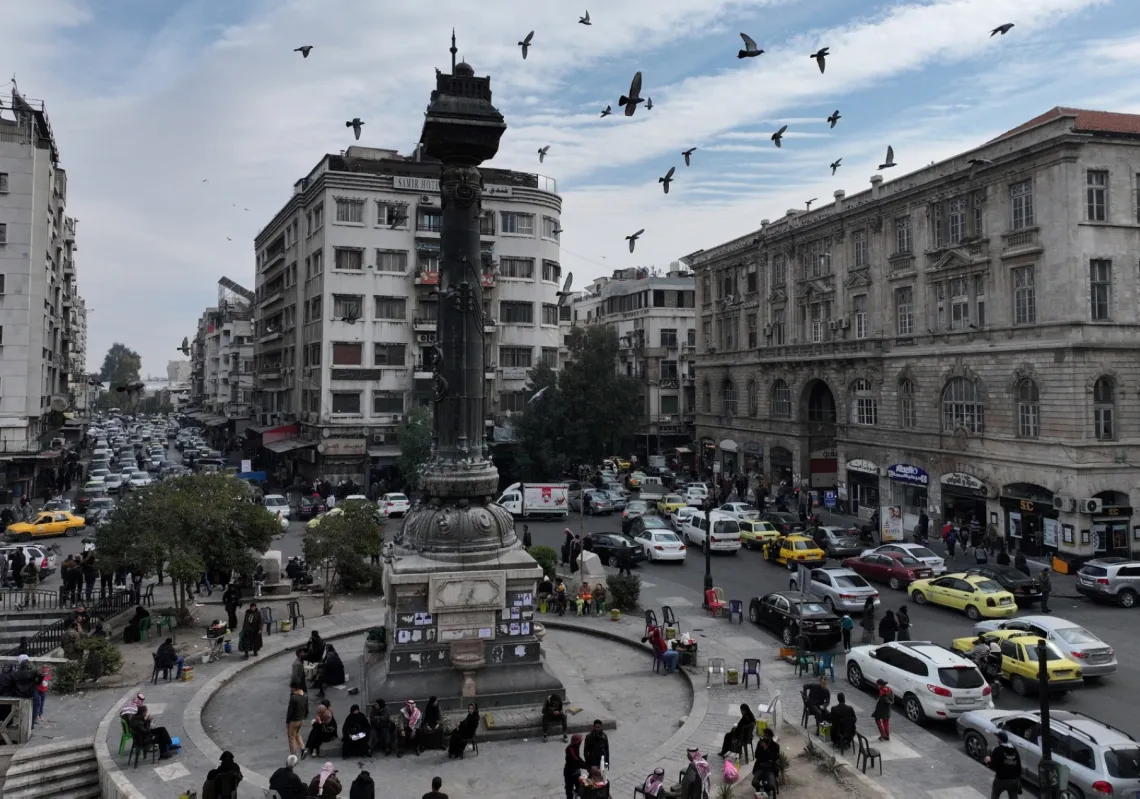When Ukrainian leader Volodymyr Zelenskyy met with Trump on 19 August at the White House, he made sure to wear a suit this time—instead of his usual military fatigues—and also delivered a letter to Melania Trump thanking her for her concern for Ukrainian children. Zelenskyy also agreed to meet with the person whom he most detests: Russian President Vladimir Putin.
All of this was aimed at placating Trump, as Zelenskyy desperately needs more American air defence systems in the face of increasing Russian drone strikes on Ukrainian cities. Even if Trump doesn't give them to Ukraine directly, he could agree to sell them to European states, who in turn would provide them to Ukraine.
For his part, Putin didn't flat-out reject the idea either, because, like Zelenskyy, he doesn't want to anger Trump and risk new sanctions. He understands that as long as the idea of a Zelenskyy meeting sparkles in Trump’s eyes, the US president won't pull that lever.
However, there won't be a meeting between the Russian and Ukrainian presidents anytime soon. Russian officials, including Foreign Minister Lavrov, have cautioned that there is still much preparatory work to be done before any meeting. But given that Putin has expressed doubts about the legitimacy of the Ukrainian state and government for more than a decade, the fact that he didn't outright reject the idea of meeting with Zelenskyy appears to be a significant concession to the Trump team.
Reality bites
As things stand now, it appears that Ukraine will likely need to come to terms with the idea of conceding territory to Russia. Both Putin and Lavrov have told US officials that they would accept a ceasefire on the condition that Kyiv relinquish the rest of the Donetsk governorate to Moscow.

As the frontline of the fighting stretches across four Ukrainian governorates, Trump and his envoy Steve Witkoff view the Russian offer as a concession since it would stop the fighting in Donetsk and the other three governorates, as well as the bombing of Ukrainian cities.
They did not initially understand that Zelenskyy and European states would view the ceasefire as leaving Russian soldiers in control of most of two of the four provinces, Kherson and Zaporizhzhia, and in control of all the third governorate, Luhansk, as well as all of the fourth governorate, Donetsk. In the 30% of the Donetsk governorate still under the control of the Ukrainian army that Putin now wants handed over, there are about 250,000 Ukrainian civilians.
Ukrainian law requires a public referendum to ratify such a transfer of territory, and it remains unclear whether Zelenskyy could secure this. Therefore, he would almost certainly pay a hefty political cost if he agrees to the Russian demand
Moreover, the part of Donetsk still under Ukrainian control has a strong defensive line that, if turned over to Russian military control, would enable the Russian army to threaten an attack against the capital Kyiv more easily.
Weak reassurances
To reassure Zelenskyy and European states that Russia will not dare attack Ukraine again, the second part of the Trump framework aims to provide Ukraine with adequate security guarantees. For their part, France and Britain have publicly committed to sending a joint military force to Ukraine to help deter Russia as part of a peace agreement, but their proposal made little progress, in part because no one knew whether the Americans would agree to participate, and therefore it was impossible for the Europeans to make any detailed plans.
Zelenskyy and the European states were disappointed that Trump reversed his decision in Alaska to support a ceasefire first and enter negotiations about land transfers later—a position they had all agreed on 13 August in a joint telephone call.

But rather than confronting Trump directly about his new stance against a ceasefire during their 19 August meeting at the White House, Zelenskyy and European leaders spent most of their time pushing for US security guarantees. They were pleased that Trump had appeared open to US military involvement, although he refused to make any concrete commitment.
The next day, on 20 August, Trump clarified that he would not be sending any American troops to Ukraine as part of a foreign military force stationed in Ukraine. His political base, as well as important officials in his administration, notably Vice President Vance, are extremely reluctant to get militarily entangled in Ukraine.
European-led guarantees
At an emergency meeting of European and US military leaders at the Pentagon on the same day, US Under Secretary of Defence Colby emphasised that the US military's role in security arrangements in Ukraine would be limited and that European states should lead the effort to deploy ground forces.
For their part, European military officials, according to US media reports, want—at the very least—US assistance with intelligence, surveillance, and logistics, areas in which European militaries are deficient.

